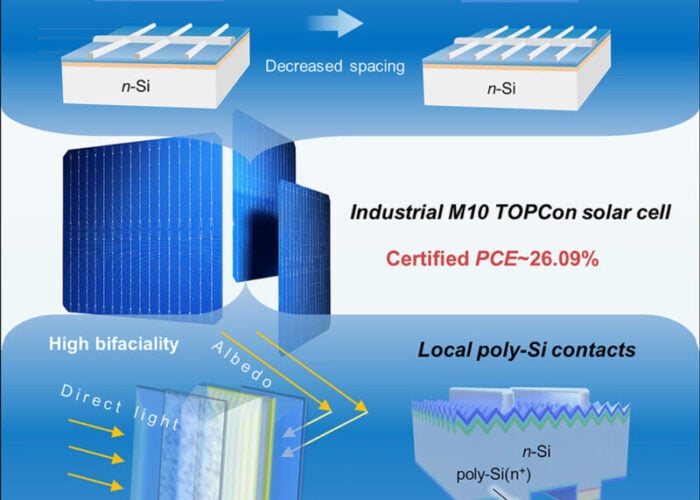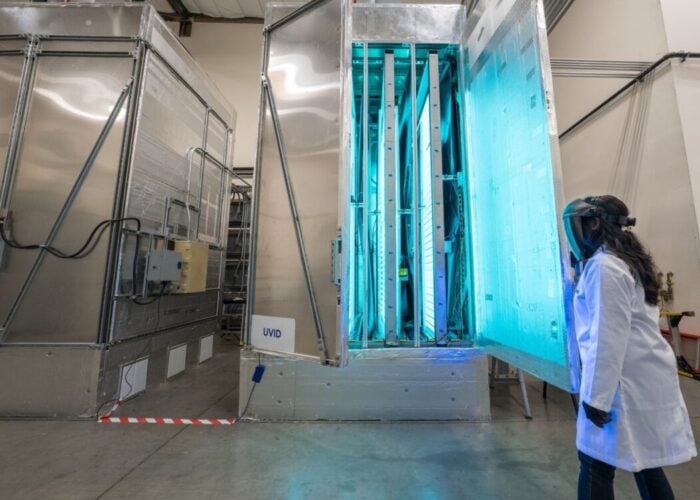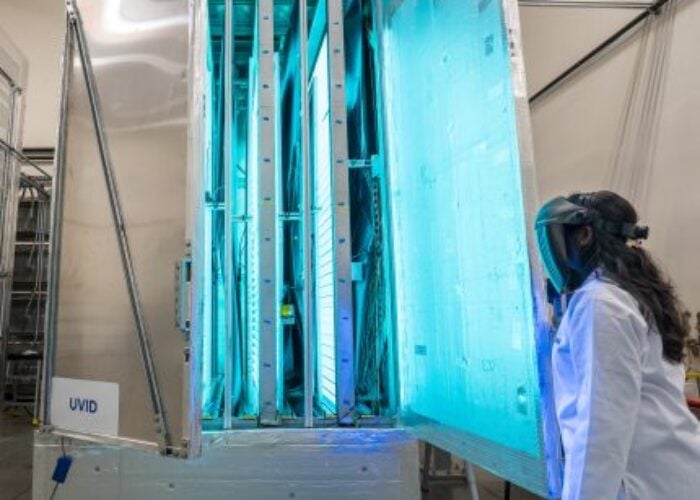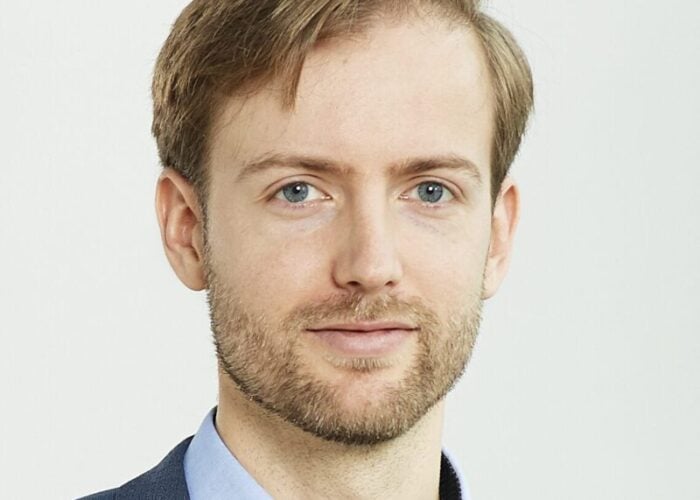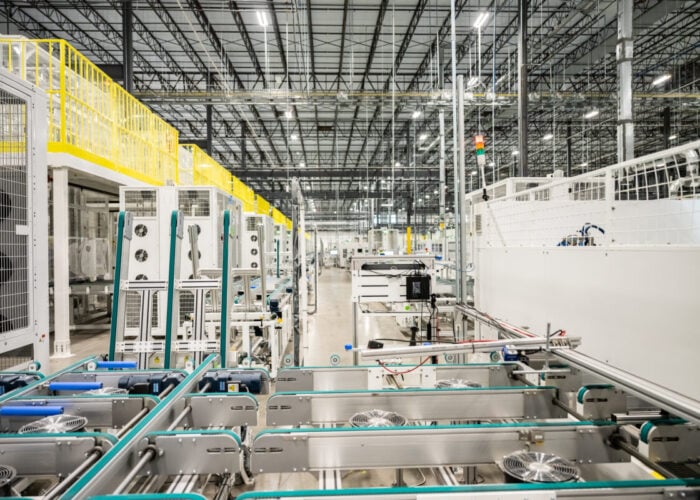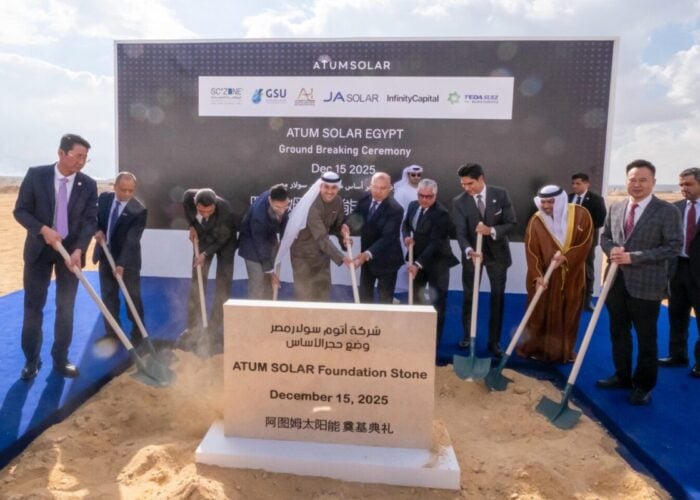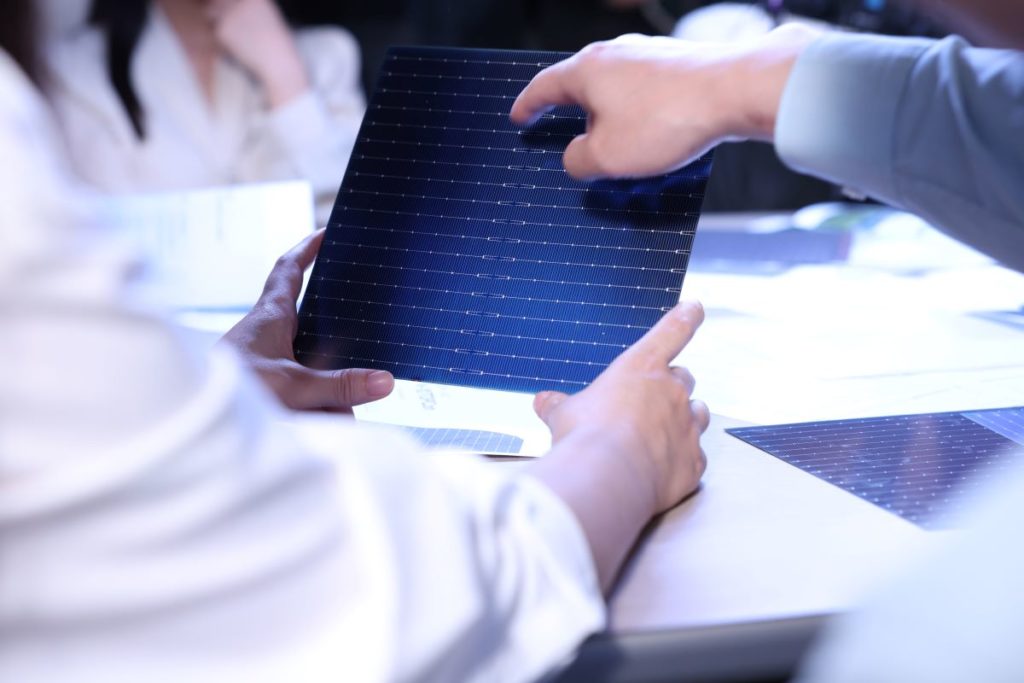
With a strong presence in China, especially the partnerships with most of the leading module manufacturers, solar cell manufacturer Jietai Solar (JTPV) started building its overseas market this year, where it mainly supplied its p-type solar cells.
The company continues to work on improving its n-type solar cells, signalled by the launch of its new TOPCon (tunnel oxide passivated contact) product ‘MoNo 1’, with a conversion efficiency of 25.8% for mass production, a jump from the previous 25.2% conversion efficiency, while JTPV aims to go beyond the 26% conversion efficiency landmark in the near future. This will in itself be accompanied by an increased investment towards research and development (R&D).
Try Premium for just $1
- Full premium access for the first month at only $1
- Converts to an annual rate after 30 days unless cancelled
- Cancel anytime during the trial period
Premium Benefits
- Expert industry analysis and interviews
- Digital access to PV Tech Power journal
- Exclusive event discounts
Or get the full Premium subscription right away
Or continue reading this article for free
“First off, we tackled polycrystalline silicon deposition by opting for the more efficient low pressure chemical vapour deposition (LPCVD) route. We successfully developed the stack wafer deposition process, becoming the first player in the industry to fully implement this technology in mass production,” says Andy Huang, head of overseas sales at JPTV.
This not only helped the company ramp up its production capacity but it also reduced manufacturing costs, added Huang.
Aside from making significant progress in conversion efficiency, JTPV also improved several reliability metrics defined by the International Electrotechnical Commission (IEC) standards, further boosting the reliability of the solar modules made with JTPV cells, says Huang, adding that in various degradation metrics such as damp heat or thermal cycling, JTPV “not only meet but go further beyond IEC standards”.
With TOPCon slowly increasing its market share, not just for n-type technology but among all modules, competition to provide solar cells will be fiercer in the coming years. With a large research and engineering team of over 1,000 members, JTPV is confident to stay competitive, explains Huang, adding that a higher bifaciality factor, better cell efficiency and lower overall production costs, are key factors for JTPV’s products to remain competitive.
“The company will consistently adopt measures to reduce costs and improve efficiency. This includes reducing silver paste usage, contact pattern optimisation, and improvements in metallisation technology to further lower the non-silicon costs of TOPCon cells,” says Huang as the company aims to maintain technological competitiveness with TOPCon cells.
The acceleration towards increasing its manufacturing capacity has been undertaken this year as the company more than trebled its annual capacity from 17.5GW at the end of 2022 to 53.5GW now – of which 44GW is TOPCon capacity – between three locations (Shangrao, Chuzhou and Huaian). 13GW of the new capacity is still under construction but all of the expansions are focused on TOPCon.
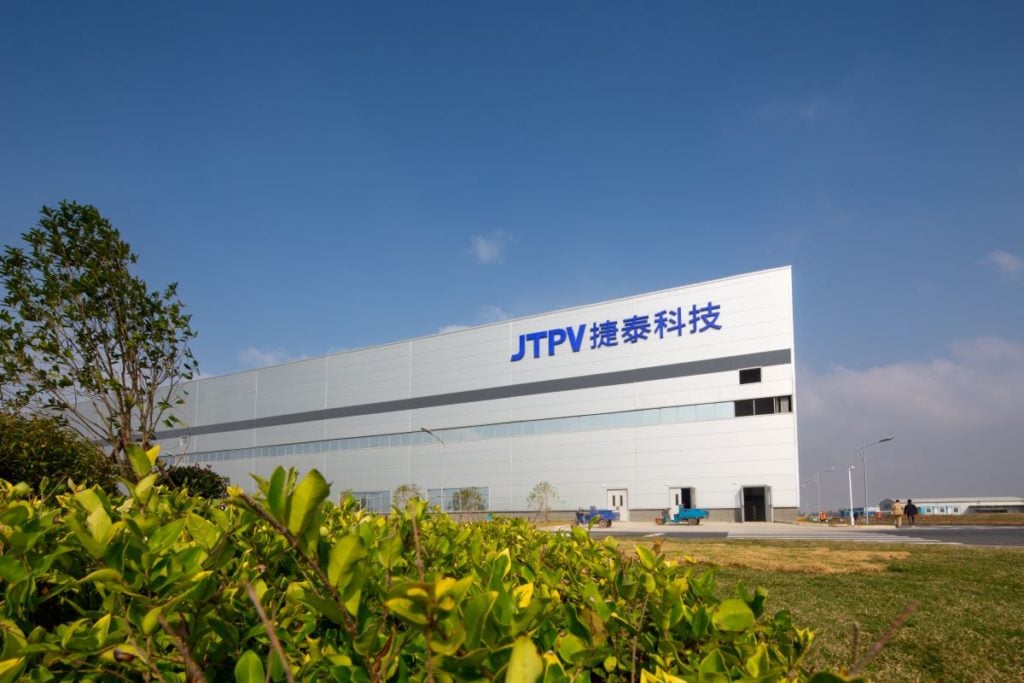
This move matches the industry’s module manufacturers that have expanded their TOPCon capacities during the year, as recently shown by GCL SI, Trina Solar and many others. The shift towards n-type has not only been seen at the manufacturing level but also in terms of shipments with TOPCon accounting for 60% of Jinko Solar’s modules shipped during the third quarter of 2023.
The company had predicted earlier in the year that n-type modules would account for 60% of total shipments in 2023. A transition from PERC to n-type happening much faster and not just in China, with many announcements in Europe and the US from module manufacturers to build TOPCon capacity over the coming months and years.
Moreover, the shift towards ramping up TOPCon solar cell capacity has also been accompanied this year with JTPV opening itself up to overseas market and helping meet the ever-growing global demand, where sales outside of China were non-existent before 2023 and now sit at 4.66%, explains Huang. In the first half of 2023, the solar cell supplier primarily focused on increasing p-type market share due to overseas module capacity being p-type.
However, there has been a market shift from p-type technology to n-type, says Huang, adding that module capacity in markets such as Europe, Turkey and India has surged over 2023. These last two markets will also be the primary focus for the company to expand its market share, explains Huang as JTPV also looks into other markets such as North America, Latin America and Australia.
“Moving forward, when the overseas new module capacity starts ramping up, JTPV will be able to directly supply to these emerging markets. Starting from the end of this year and following in 2024, the market will make a significant upswing in the adoption of n-type modules.”
This will be accompanied with the establishment of an international sales network to better cater to its international clients and enhance JTPV’s competitiveness on a global scale, while also still exploring the potential for further overseas expansion.

